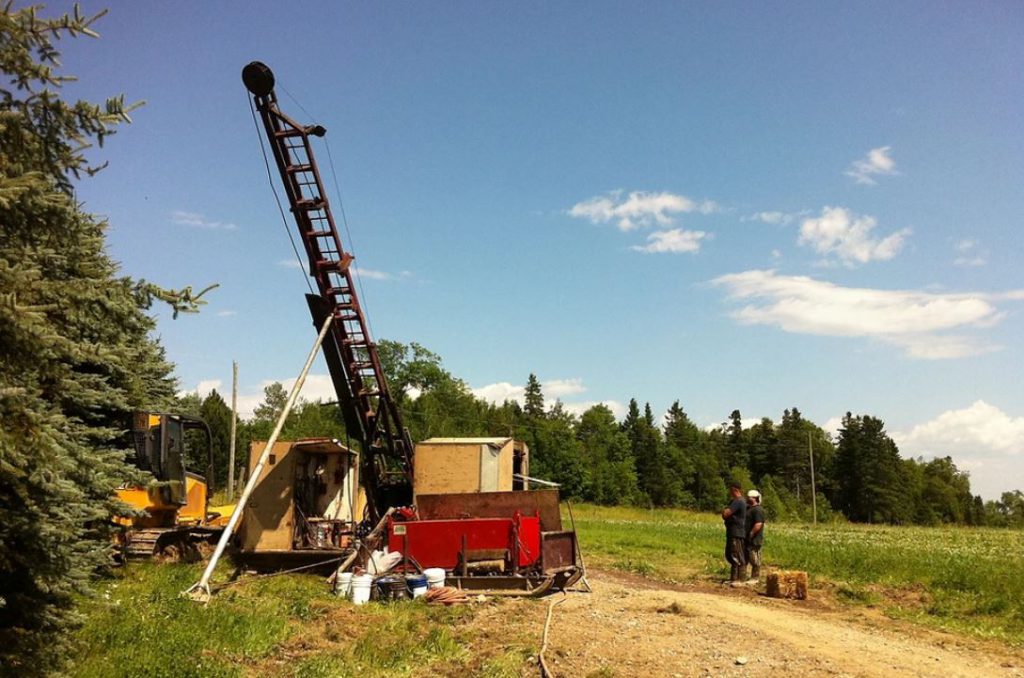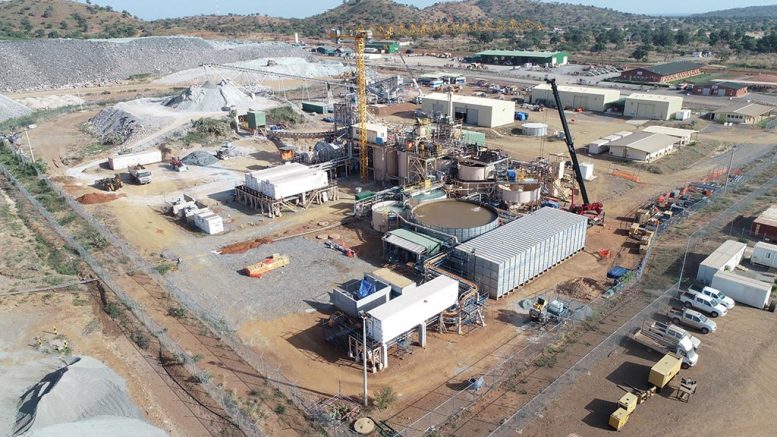China’s staggering demand for commodities

China’s staggering demand for commodities
>50% of all steel, cement, nickel, and copper goes there
The Chart of the Week is a weekly Visual Capitalist feature on Fridays.
It’s said that in China, a new skyscraper is built every five days.
China is building often, and they are building higher. In fact, just last year, China completed 77 of the world’s 144 new supertall buildings, spread through 36 different Chinese cities. These are structures with a minimum height of 656 feet (200 meters).
For comparison’s sake, there are only 113 buildings in New York City’s current skyline that are over 600 feet.
Unbelievable scale
It’s always hard to put China’s size and scope in perspective – and we’ve tried before by showing you 35 Chinese cities as big as countries, or highlighting the growing prominence of the domestic tech scene.
Today’s chart also falls in that category, and it focuses in on the raw materials that are needed to make all this growth possible.

China demand > world
There are five particularly interesting commodity categories here – and in all of them, China’s demand equals or exceeds that of the rest of the world combined.
Cement: 59%
The primary ingredient in concrete is needed for roads, buildings, engineering structures (bridges, dams, etc.), foundations, and in making joints for drains and pipes.
Nickel: 57%
Nickel’s primary use is in making stainless steel, which is corrosion resistant. It also gets used in superalloys, batteries, and an array of other uses.
Steel: 50%
Steel is used for pretty much everything, but demand is primarily driven by the construction, machinery, and automotive sectors.
Copper: 50%
Copper is one of the metals driving the green revolution, and it’s used in electronics, wiring, construction, machinery, and automotive sectors, primarily.
Coal: 50%
China’s winding down coal usage – but when you have 1.4 billion people demanding power, it has to be done with that in mind. China has already hit peak coal, but the fossil fuel does still account for 65% of the country’s power generated by source.
More News
Manganese X poised to begin pre-feasibility study at Battery Hill
April 11, 2025 | 02:39 pm
Carbon removal technologies could create tens of thousands of US mining and quarry jobs – report
April 11, 2025 | 01:33 pm
{{ commodity.name }}
{{ post.title }}
{{ post.date }}





Comments